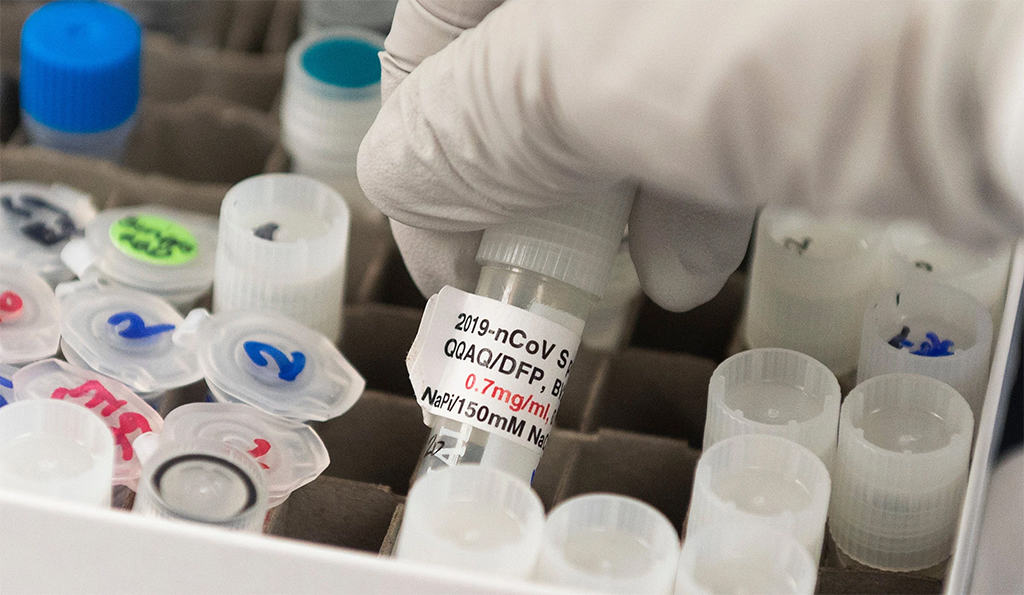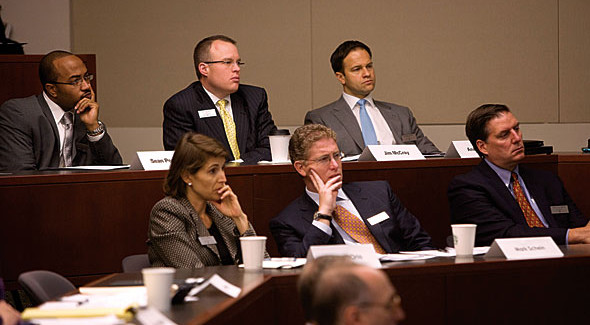In California, earthquakes are quite the hot topic these days. Are we getting closer to the next big one? Are we prepared? A quick Google search will pull everything from the newly passed early warning system bill to recent stories linking the Oarfish washing up on our shores to near and impending doom. For those in the seismic hazard research community, the Silicon Valley’s own Hayward Fault Zone is the one to watch.
Hayward Fault Zone - California
The South Hayward Fault has generated twelve major earthquakes in the last 1900 years, about once every 160 ± 65 years. However, the last five earthquakes have been shown to occur more frequently, at an average interval of about 140 ± 60 years. Since Monday, Oct. 21 marked the 145th anniversary of the 1868 disaster, the fault is considered locked and loaded.
In 1868, the estimated M6.8 (moment magnitude) earthquake ruptured a section of the fault from the location of present-day Fremont to just north of Oakland. Until the 1906 Great San Francisco Earthquake and Fire, this event was known as the “Great San Francisco Earthquake” for the damage it caused to the major population center of San Francisco. Under a minute long, the tremor caused 30 casualties from building collapse, unreinforced masonry buildings in San Francisco’s business district were destroyed, and there is well-documented evidence of liquefaction on “bay fill” or “made land.” A careful estimate of damages made a day or two after the disaster places losses at $350,000 or roughly $6 million in 2013 dollars.
In 1868, the entire population of the Bay Area was 260,000, with 150,000 concentrated in San Francisco. Nowadays the Hayward Fault transects the highly urbanized corridor along the East Bay, and sits adjacently to Berkeley, Oakland, San Leandro, Hayward, and Fremont, and crosses nearly every east-west connection that the Bay Area depends on for water, electric, gas, and transportation. As a result, nearly 2.5 million people live on or near this fault zone, with over 7 million people in the surrounding counties of Alameda, Contra Costa, Marin, San Francisco, San Mateo, Santa Clara, Solano, and Sonoma.
Silicon Valley’s Technology Epicenter is in the Hayward Fault Zone
Silicon Valley’s technology epicenter would also be affected if the fault were to rupture. Most of the major global Technology company headquarters, such as Facebook, Google, and Oracle, are within 20 miles of the fault. The likelihood that the next great earthquake in this area would result in significant economic impact is high.
So what would be the impact of a M6.8 earthquake on the Hayward Fault in 2013? According to RMS data, more than 7 million people could be affected and close to $1.9 trillion in residential and commercial property is at risk. Our analysis shows that the overall economic losses could range from $95 to $190 billion and insured losses could range between $11 and $26 billion. In the worst case scenario analyzed, Santa Clara County could lose up to $40 billion, and there could be significant liquefaction damage to buildings and infrastructure that are built on bay fill, including the Port of Oakland and the Oakland and San Francisco international airports.
Yet, our outlook is not all doom and gloom. Much work has taken place over the past 20 years to mitigate the impacts of a major Bay Area earthquake. Utilities and other infrastructure operators in the region have invested (or are investing) a total of about $20 billion to reduce the impact of future earthquakes. Most of these upgrades and retrofits will be completed by 2013 or 2014. Key initiatives that will reduce the impact of a future Hayward quake include:
- Replacement of the eastern span of the San Francisco–Oakland Bay Bridge
- On-going work by BART for the earthquake safety strengthening of the Transbay Tube
That said, the San Francisco bay area’s particular vulnerability to future earthquakes drives a continuous need for dialogue between the public, government officials, business, and the insurance industry. There is much to be applauded in the work that has already been undertaken; however, the small role of earthquake insurance in the expected recovery from future disaster is a major deficiency in preparing for such an event. While possession of an insurance policy to cover earthquake damages will not be enough to ward off the seismic effects on property prices and the business economy, it could jumpstart recovery efforts. Through awareness that these kinds of events can happen, and what their consequences could be, we can become a more prepared and resilient society.
Author: Patricia Grossi - Senior Director, Model Product Management, RMS
Patricia leads the earthquake model product management team at RMS, responsible for the strategic management of the RMS suite of global catastrophic earthquake models, which assess earthquake risk in over 60 countries worldwide. Prior to this role, Dr. Grossi was the RMS research director, serving as a liaison between RMS and outside scientific research and academic institutions and managing the RMS research publications.
Patricia has over 15 years of research experience in catastrophe modeling and risk management, and is a registered civil engineer in the state of California, with a BS in civil engineering and a PhD in engineering and risk management from the University of Pennsylvania, and an MS in structural engineering from Stanford University. In 2005, she co-edited and co-authored the book Catastrophe Modeling: A New Approach to Managing Risk.





